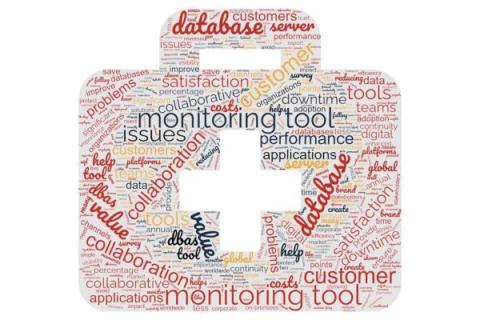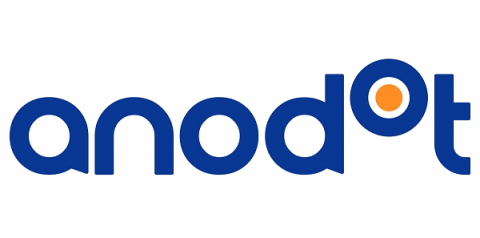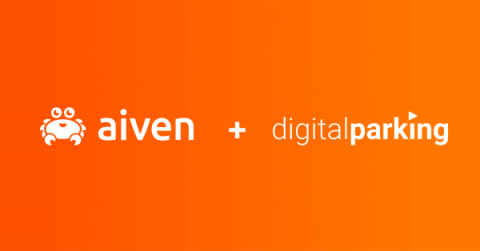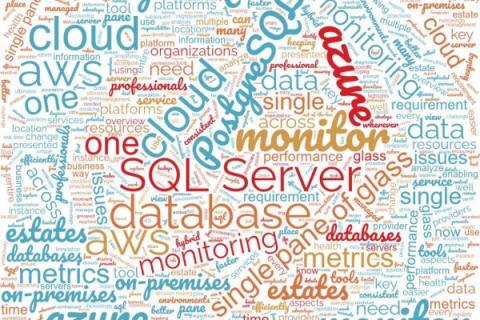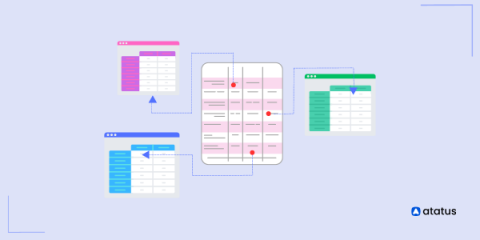Operations | Monitoring | ITSM | DevOps | Cloud
Latest News
DynamoDB: Maximizing Scale and Performance
AWS DynamoDB is a fully managed NoSQL database provided by Amazon Web Services. It is a fast and flexible database service which has been built for scale.
Why we generate & collect logs: About the usability & cost of modern logging systems
Logs and log management have been around far longer than monitoring and it is easy to forget just how useful and essential they can be for modern observability. Most of you will know us for VictoriaMetrics, our open source time series database and monitoring solution. Metrics are our “thing”; but as engineers, we’ve had our fair share of frustrations in the past caused by modern logging systems that tend to create further complexity, rather than removing it.
Digitalparking Leads the Smart Parking Revolution in Switzerland
What is Graphite?
What is Graphite? Simply put, Graphite is an open-source enterprise-ready time-series database. So what is a time-series database? Well, a time series is a series of data points indexed (or listed or graphed) in time order. Time Series databases have excellent benefits over traditional databases in terms of high performance, higher writes, improved scalability, better reliability, and many more.
Why monitoring server estates from a single pane of glass is key
How we tame high cardinality in time series databases
Top PostgreSQL Monitoring Tools in 2023
10 reasons to choose Flyway
Relational Databases: Exploring Indexes and Transactions
Indexes serve as the key to unlocking the immense potential of relational databases, enabling swift and optimized data access. They act as a roadmap, allowing the database engine to locate specific data quickly, ultimately enhancing query performance. Understanding the nuances of indexes and employing the appropriate indexing techniques can significantly impact the efficiency of a database system.


